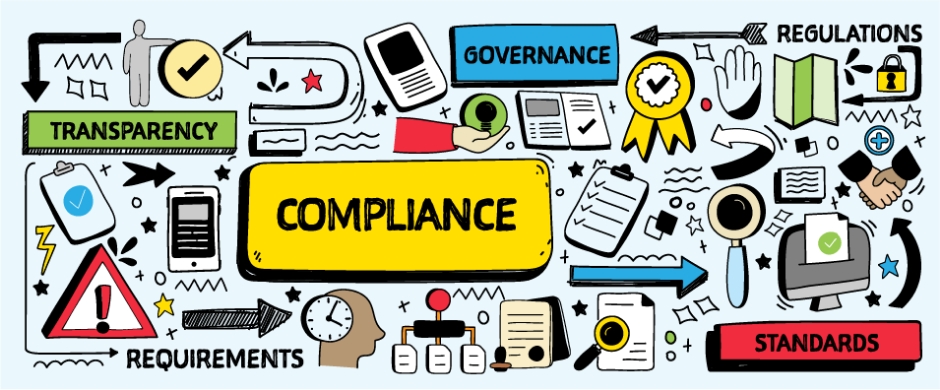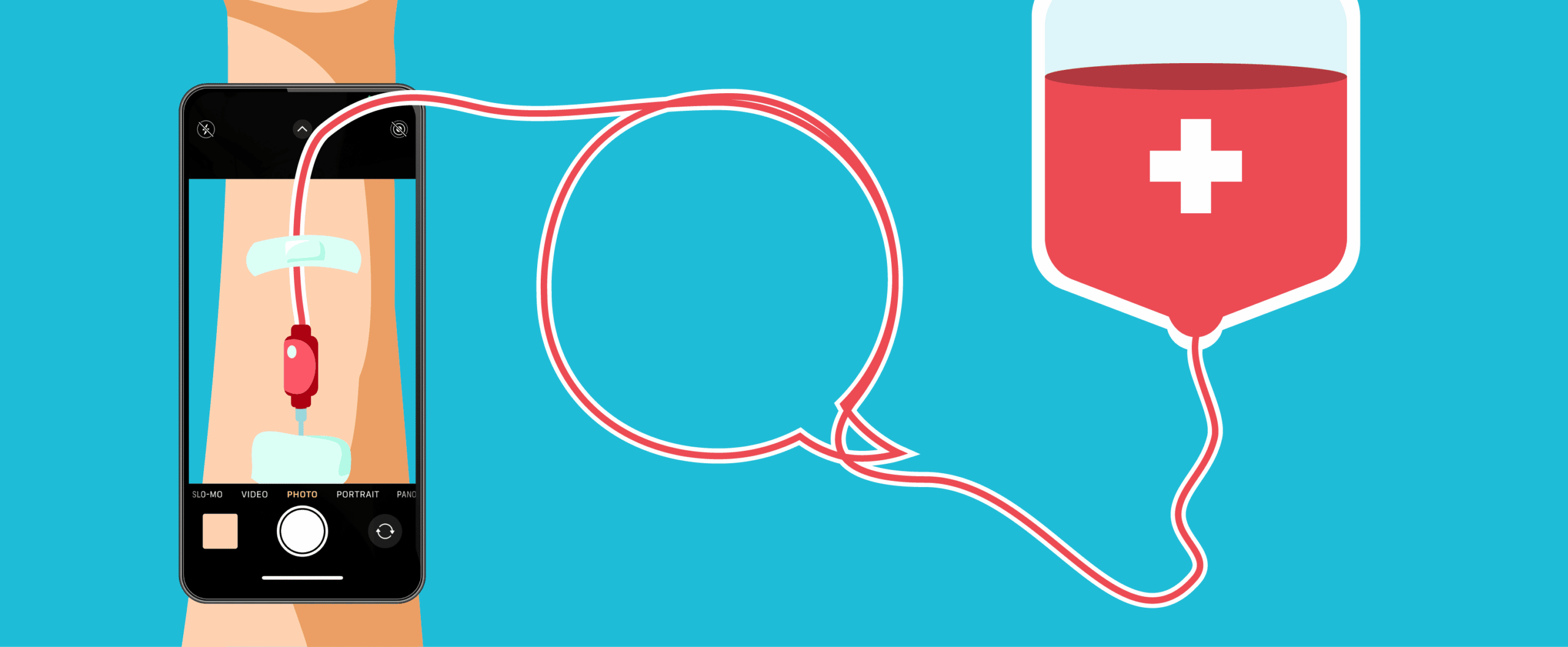
6 tips to get healthcare marketing creative through committee
Best practices on working with Medical, Legal, Regulatory, and Compliance (MLRC) committees
As a healthcare marketing professional, you likely have a love-hate relationship with your MLRC committee. We certainly do.
On one hand, MLRC is often where we see creative suffer its worse critique; the place where concepts are compromised and copy is killed in the name of stringent healthcare advertising rules. From a project perspective, multiple and lengthy MLRC reviews challenge timelines, not to mention your creative team’s patience.
On the other hand, this elite committee of healthcare marketing professionals protect the accuracy and integrity of your promotional, advertising, and marketing tactics. They streamline the Office of Prescription Drug Promotion (OPDP) and Food and Drug Administration (FDA) approvals. Your MLRC team is the filter that protects your company, your brands, and your job.
Healthcare marketing, particularly pharmaceutical and medical device marketing, is a tricky business, with human lives at stake. You should, in fact, be happy MLRC teams exist. They ensure your work cannot be construed in any way that could bring harm.
In your career, you’ve likely experienced both the thrill of MLRC victory and the agony of defeat. But on more occasions than not, you’ve seen that creative can indeed survive through compromise.
As an experienced healthcare marketing agency partner, we compiled a few useful “tricks of the trade” to help promote a more positive experience with your MLRC team. These tips may even give your creative a stronger chance of survival, too.
Request a concept review from MLRC
There are three main benefits of a concept review:
- Consolidate creative ideation
- Receive early critique
- Gain stakeholder buy-in

Create a concise presentation that outlines your key strategic goals, target audience, and preliminary creative concepts. Show examples of how your creative vision might come to life through visuals, headlines, and key messaging across different formats.
Do your due diligence
If fact-checking and proofreading is not complete, your piece is not ready for MLRC review. Period. There’s little worse than someone “jumping the gun” and submitting a piece that isn’t ready. Save yourself the embarrassment (and the ensuing drama) when claims aren’t properly supported.
If you are uncertain if you’re ready for submission, ask your copywriter.
Receive feedback. Provide education.
That said, become the teacher when the opportunity presents itself. Since healthcare marketing is continually evolving, it’s on you to make your MLRC aware of new content delivery platforms.
Understand MLRC’s need for “context”
Essentially, the medical FDA advertising regulations requires that all product claims be reviewed in context, or holistically. The same claim might be interpreted differently based on surrounding visuals, size, or placement on the page or screen. Since the FDA reviews that way, so will your MLRC team.
Be sensitive to the fact that it’s how your audience may perceive claims that is being anticipated and scrutinized. Taking a step back from your work and view the whole piece with naïve eyes.
Address issues on your own time
Once MLRC has delivered their feedback, offer a sincere thank you and retreat! Don’t try to solve issues with creative during the session. Don’t belabor their input on the call. Simply beat feet back to the office to ideate alternatives, edits, or revisions. Create a simple grid of “Their Comment” with “Our Suggestion” to streamline follow-up conversations.


Give MLRC the benefit of the doubt
MLRC also bear a ton of pressure. While they are highly educated professionals, they are human. They forget what they said in the last call. They make mistakes. They might even get something wrong. Remember, MLRC is not your enemy. It’s not an “us versus them” thing. They are your coworkers. Maybe even socialize with them outside of work. In summary, give MLRC the respect they are due. They certainly earn it every day.
QooQoo is an independent, full-service agency dedicated to healthcare marketing.
If you need more help navigating the complex world of healthcare marketing or regulatory reviews, contact us here.





